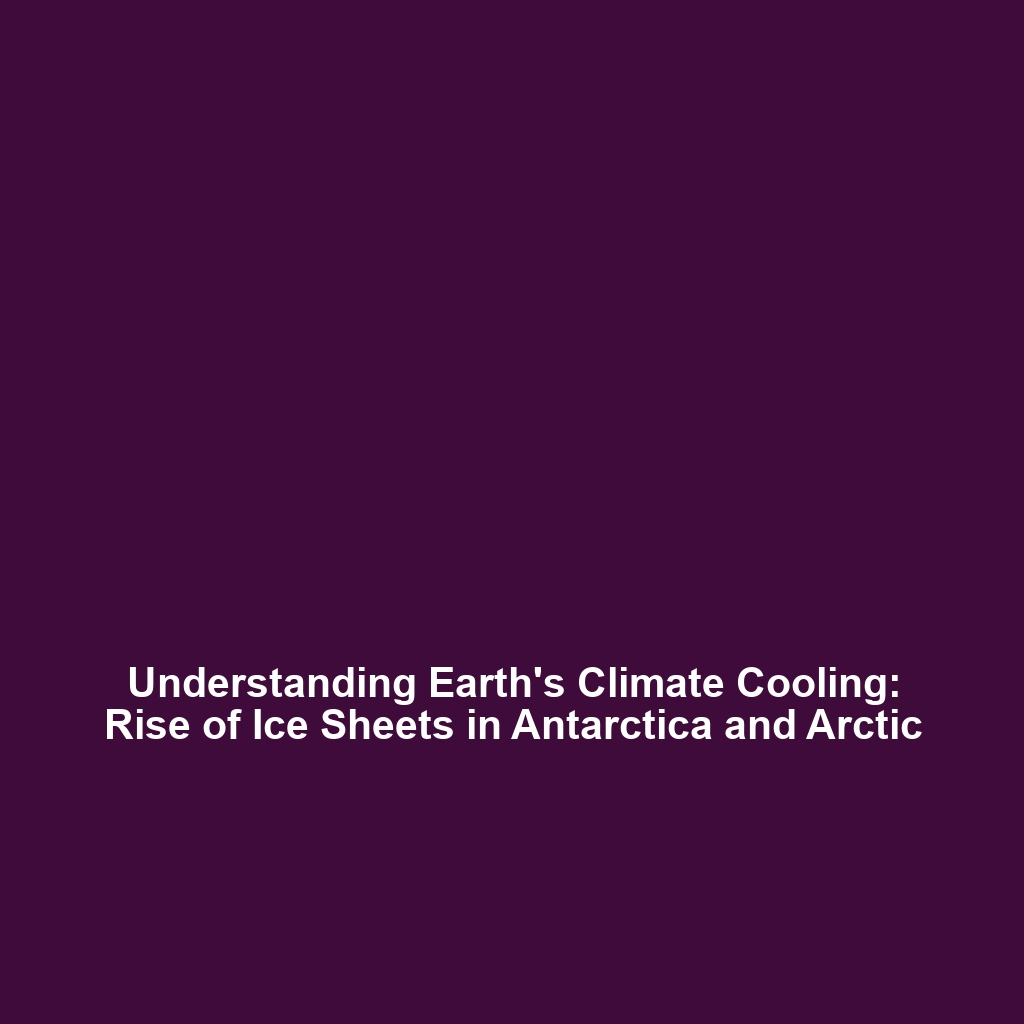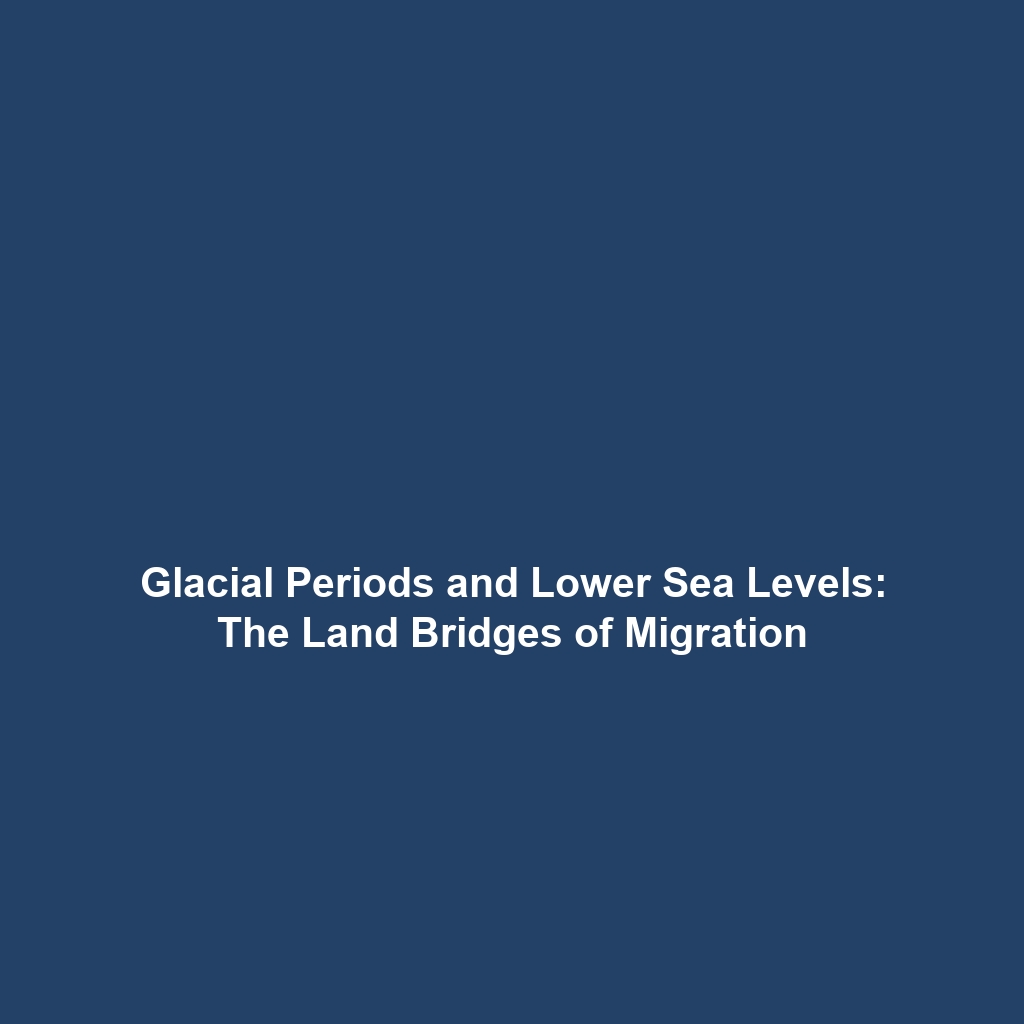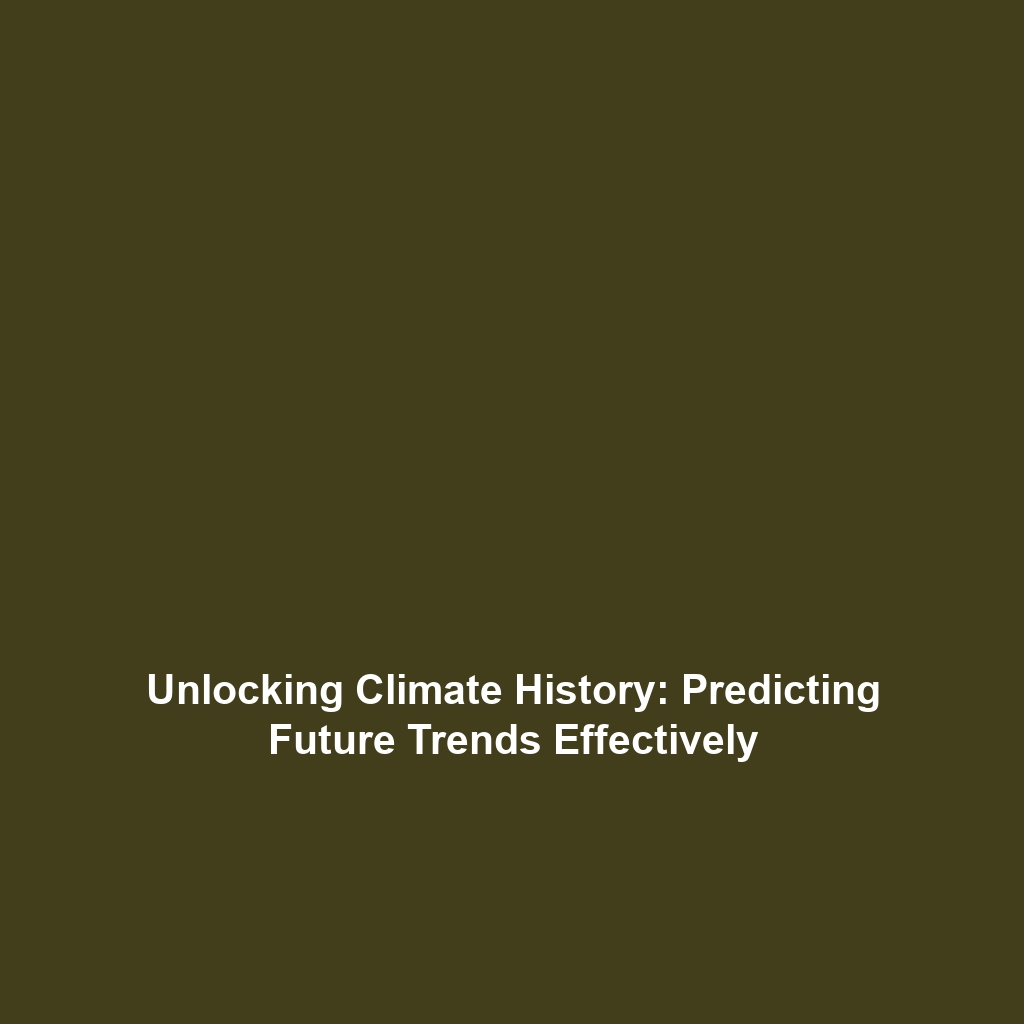Examples of Drones Monitoring Changes in the Arctic and Antarctic Regions
Introduction
Drones have emerged as revolutionary tools in the realm of scientific research, especially in challenging environments like the Arctic and Antarctic regions. As climate change accelerates, tracking environmental shifts in these polar areas is critical. Drones provide an efficient, cost-effective means of collecting comprehensive data on ice melt, wildlife behavior, and ecosystem changes. This article explores compelling examples of how drones are being used to monitor changes in the Arctic and Antarctic, highlighting their significance within the broader context of Drones in Science.
Key Concepts
Understanding the impact of drones monitoring changes in the Arctic and Antarctic regions hinges on several key concepts:
Use of Remote Sensing
Drones equipped with advanced remote sensing technologies allow researchers to capture high-resolution images and data. This is vital for assessing ice thickness, water quality, and vegetative changes.
Data Collection and Analysis
Advanced drones can gather data across vast and often inaccessible areas, enabling scientists to analyze climate patterns and changes over time. The collected data supports predictive modeling and environmental management strategies.
Applications and Real-World Uses
The significance of drones in monitoring changes in the Arctic and Antarctic cannot be overstated. Here are notable applications:
- Environmental Monitoring: Drones are used to survey remote regions, providing real-time data on melting glaciers and changing ecosystems.
- Wildlife Research: Researchers employ drones for non-invasive tracking of wildlife populations and habitats, offering insights into how these species are adapting to climate change.
- Climate Research: Drones help in collecting crucial data regarding atmospheric conditions, contributing to a better understanding of global climate patterns.
Current Challenges
Despite their advantages, certain challenges hamper the effectiveness of drones in studying the Arctic and Antarctic regions:
- Battery Life: Limited battery life restricts operational range and flying duration, posing challenges for extended missions.
- Weather Conditions: Harsh weather conditions can disrupt flights and compromise data integrity.
- Regulatory Hurdles: Navigating the regulatory landscape for drone operations in sensitive areas can be complex and time-consuming.
Future Research and Innovations
The future of drones in monitoring polar regions looks promising, with potential innovations including:
- Improved Battery Technology: Advancements in battery technology may lead to longer flight times and extended operational ranges.
- AI Integration: Utilizing artificial intelligence for data analysis can enhance the precision of insights derived from drone data.
- Collaboration with Institutions: Increased collaboration among scientific institutions may foster broader usages and improved methodologies in drone applications.
Conclusion
In summary, drones monitoring changes in the Arctic and Antarctic regions represent a crucial advancement within the field of Drones in Science. Their ability to collect and analyze data in extreme environments offers invaluable insights into the challenges our planet faces due to climate change. As research and technology continue to evolve, drones will likely play an even more significant role in environmental science. For further reading on the intersection of technology and environmental research, explore our articles on remote sensing technologies and climate change impacts on biodiversity.



